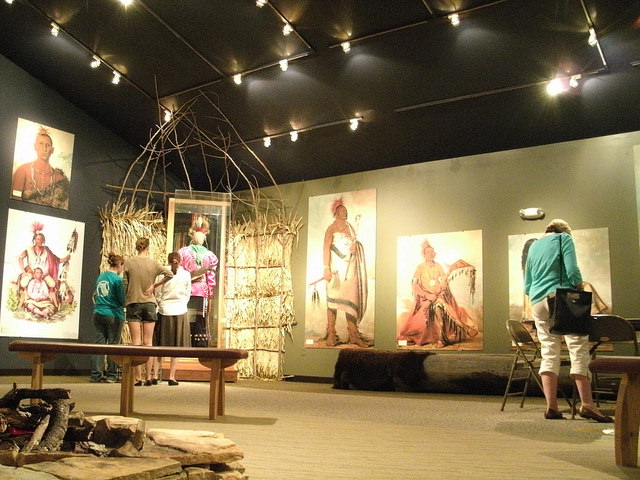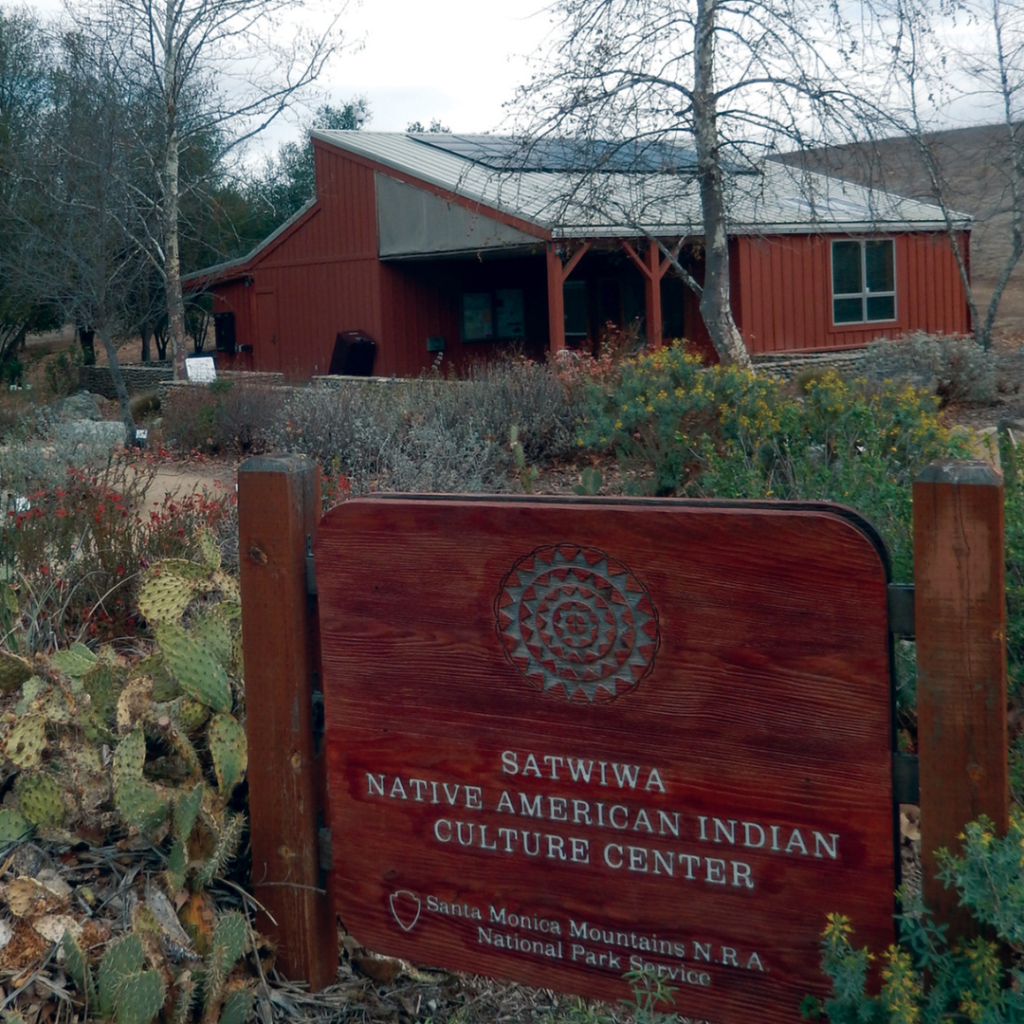
Temporary Exhibits at Native American Cultural Centers: A Deep Dive into Cultural Preservation, Education, and Self-Representation
Temporary exhibits at Native American cultural centers are dynamic and critically important platforms that transcend the traditional museum model. Far from being mere showcases of artifacts, these installations serve as vibrant, evolving spaces for cultural preservation, historical reinterpretation, educational outreach, and Indigenous self-representation. This article explores the multifaceted roles, thematic breadth, curatorial methodologies, and profound impact of temporary exhibits within Native American cultural centers, examining their significance as vital instruments for decolonization, community engagement, and the dissemination of Indigenous knowledge.
The Evolving Role and Core Objectives
Historically, mainstream museums often presented Native American cultures through an anthropological lens, frequently divorcing objects from their living cultural contexts and perpetuating stereotypical narratives. Native American cultural centers emerged, in part, as a corrective to this, establishing institutions where Indigenous communities could control their own narratives, preserve their cultural patrimony, and educate both their own people and the broader public from an Indigenous perspective. Temporary exhibits are particularly effective in achieving these goals due to their inherent flexibility and responsiveness.
Their core objectives include:

- Cultural Preservation and Revitalization: Temporary exhibits often focus on specific cultural practices, languages, ceremonies, or artistic traditions that may be endangered or undergoing revitalization efforts. By highlighting these elements, they actively contribute to their survival and transmission to future generations.
- Education and Awareness: These exhibits serve as powerful pedagogical tools, challenging misconceptions and fostering a more accurate and nuanced understanding of Native American histories, contemporary realities, and diverse cultures. They provide context for historical events, explain complex social and political issues, and celebrate Indigenous achievements and resilience.
- Self-Representation and Decolonization: A fundamental objective is to provide a platform for Indigenous voices to tell their own stories, in their own words. This is a crucial act of decolonization, reclaiming narratives that have often been suppressed, misrepresented, or told by external authorities. Temporary exhibits empower communities to articulate their identities, values, and worldviews.
- Community Engagement and Dialogue: By focusing on specific themes, artists, or historical periods, temporary exhibits can be tailored to resonate deeply with local Indigenous communities, encouraging participation, intergenerational dialogue, and the sharing of knowledge among community members.
- Artistic Innovation and Expression: Many temporary exhibits showcase contemporary Indigenous art, demonstrating the vitality and ongoing evolution of Native American creative expression. These exhibits bridge traditional forms with modern interpretations, addressing current social issues, personal identities, and global concerns through an Indigenous lens.
Thematic Breadth of Temporary Exhibits
The thematic scope of temporary exhibits in Native American cultural centers is extraordinarily diverse, reflecting the vast array of Indigenous nations, languages, and experiences across the continent. Common themes include:

- Historical Narratives: These exhibits delve into pre-contact histories, examining sophisticated societal structures, spiritual beliefs, and technological innovations. They also address the profound impacts of colonization, including forced removal, treaty violations, assimilation policies, and the resulting intergenerational trauma, while simultaneously highlighting Indigenous resistance and resilience. Examples might include exhibits on the Trail of Tears, the boarding school era, or specific tribal histories.
- Contemporary Issues and Advocacy: Many temporary exhibits address pressing contemporary challenges faced by Native American communities, such as sovereignty, land rights, environmental justice (e.g., water protection, climate change impacts), health disparities, economic development, and cultural appropriation. These exhibits often serve as advocacy platforms, informing the public and mobilizing support for Indigenous rights.
- Artistic and Material Culture: Showcasing both traditional and contemporary arts is a cornerstone. Exhibits may focus on specific artistic forms like weaving, pottery, beadwork, carving, or painting, often exploring the techniques, symbolism, and cultural significance of these crafts. Contemporary art exhibits highlight how Indigenous artists interpret their heritage and respond to modern life through various mediums, from painting and sculpture to digital art and performance.
- Language Revitalization: With many Indigenous languages critically endangered, temporary exhibits frequently play a role in revitalization efforts. These might include interactive displays on language phonetics, historical documents in Indigenous languages, recordings of elders speaking their native tongue, or art installations inspired by linguistic themes.
- Land, Environment, and Spirituality: Given the deep connection between Indigenous peoples and their ancestral lands, exhibits often explore themes of environmental stewardship, sacred sites, traditional ecological knowledge, and the spiritual relationship with the natural world. These can highlight sustainable practices, land management, and the ongoing struggle to protect ancestral territories.
- Identity and Self-Determination: Exhibits may explore the complex and evolving nature of Indigenous identity in the modern world, including issues of mixed heritage, urban Indigenous experiences, and the ongoing pursuit of self-determination and political autonomy.
Curatorial Approaches and Methodologies
The curatorial process for temporary exhibits at Native American cultural centers is distinct, prioritizing Indigenous methodologies and ethical considerations:
- Indigenous-Led Curation: A hallmark of these centers is the emphasis on Indigenous professionals—curators, historians, artists, and community members—leading the interpretive process. This ensures that the narratives are authentic, respectful, and reflective of Indigenous epistemologies and ontologies.
- Collaborative Models: Exhibits are often developed through deep collaboration with specific tribal nations, elders, knowledge keepers, artists, and community organizations. This ensures cultural accuracy, community buy-in, and the incorporation of diverse perspectives. The concept of "community curation" is often central, where the community itself is involved in selecting objects, developing themes, and shaping the interpretive text.
- Ethical Considerations and Repatriation: Curators at Native American cultural centers operate with a heightened awareness of ethical responsibilities, particularly concerning the display of sacred objects, human remains, or culturally sensitive materials. Adherence to the Native American Graves Protection and Repatriation Act (NAGPRA) and other ethical guidelines is paramount, often leading to temporary exhibits that address repatriation efforts themselves or feature items on loan with explicit community consent.
- Innovative Interpretive Strategies: Moving beyond static displays, temporary exhibits frequently employ innovative methods to engage visitors. These include:
- Multimedia: Incorporating oral histories, video testimonials, interactive digital installations, and traditional music.
- Experiential Learning: Creating immersive environments, hands-on activities, and sensory experiences that connect visitors more deeply to the content.
- Storytelling: Centering narratives and personal accounts as primary modes of knowledge transfer, reflecting Indigenous pedagogical traditions.
- Performance: Integrating live demonstrations of traditional arts, dance, or storytelling performances to bring cultural practices to life.
- Balancing Tradition and Modernity: Curatorial approaches often seek to bridge the past and present, demonstrating the continuity of cultural practices while also acknowledging adaptation and innovation. This avoids presenting Indigenous cultures as static or solely historical, emphasizing their dynamic and living nature.
Impact and Significance
The impact of temporary exhibits at Native American cultural centers resonates across multiple levels:
- For Indigenous Communities: These exhibits foster cultural pride, strengthen identity, facilitate intergenerational knowledge transfer, and provide spaces for healing and remembrance. They affirm the vitality and resilience of Indigenous cultures and empower communities to control their own cultural institutions.
- For Visitors (Indigenous and Non-Indigenous): They offer profound educational experiences, challenging stereotypes, correcting historical inaccuracies, and fostering empathy and respect for Native American peoples. Non-Indigenous visitors gain a deeper, more nuanced understanding of America’s true history and contemporary Indigenous realities, while Indigenous visitors find affirmation and connection.
- For Scholarship and Discourse: Temporary exhibits contribute significantly to academic fields such as Indigenous studies, museum studies, history, and anthropology by presenting new research, diverse perspectives, and decolonized interpretive frameworks. They push the boundaries of museological practice and encourage critical engagement with institutional histories.
- Broader Societal Impact: By promoting cross-cultural understanding and challenging dominant narratives, these exhibits contribute to a more inclusive and equitable society. They encourage dialogue about reconciliation, social justice, and the ongoing responsibilities owed to Indigenous nations.
Challenges and Future Directions
Despite their profound impact, temporary exhibits at Native American cultural centers face challenges, including limited funding, space constraints, the need to navigate complex cultural sensitivities, and the constant pressure to innovate while remaining authentic.
Looking forward, these centers are increasingly exploring digital platforms to extend the reach of their temporary exhibits, engaging global audiences and providing virtual access to cultural knowledge. There is also a growing emphasis on collaborative projects with other cultural institutions, both Indigenous and mainstream, to foster broader understanding and create more expansive dialogues. The commitment to community-driven curation, ethical stewardship, and the powerful articulation of Indigenous self-determination will undoubtedly continue to define the vital role of temporary exhibits in Native American cultural centers.
Conclusion
Temporary exhibits at Native American cultural centers are far more than transient displays; they are dynamic, living expressions of Indigenous sovereignty, resilience, and cultural vitality. Through their meticulous curation, thematic breadth, and commitment to Indigenous voices, these exhibits serve as indispensable tools for preserving endangered traditions, educating diverse audiences, challenging colonial narratives, and fostering a deeper understanding of the rich and complex tapestry of Native American cultures. As sites of both memory and innovation, they play a crucial role in shaping a more just and informed future for all.


